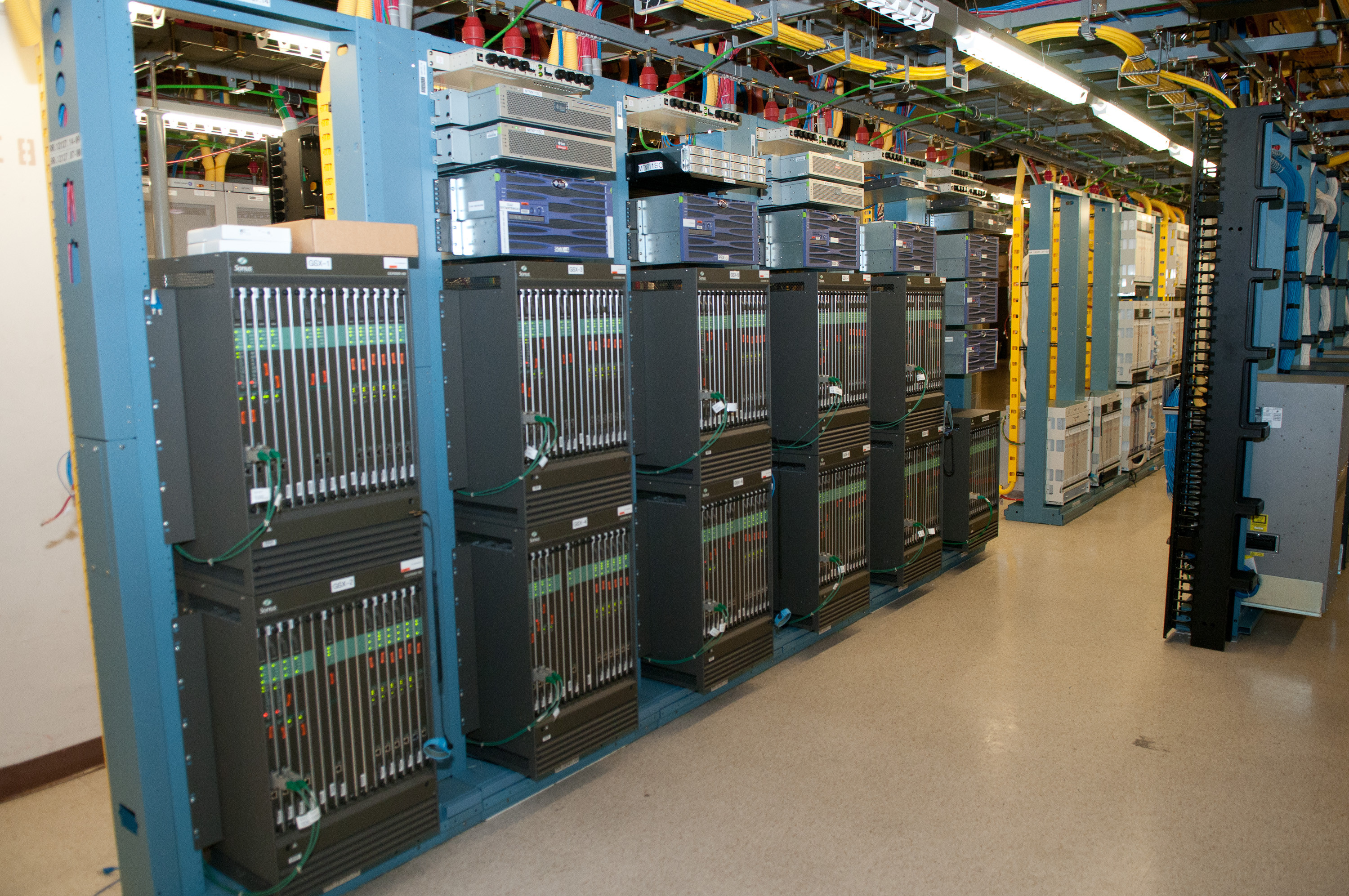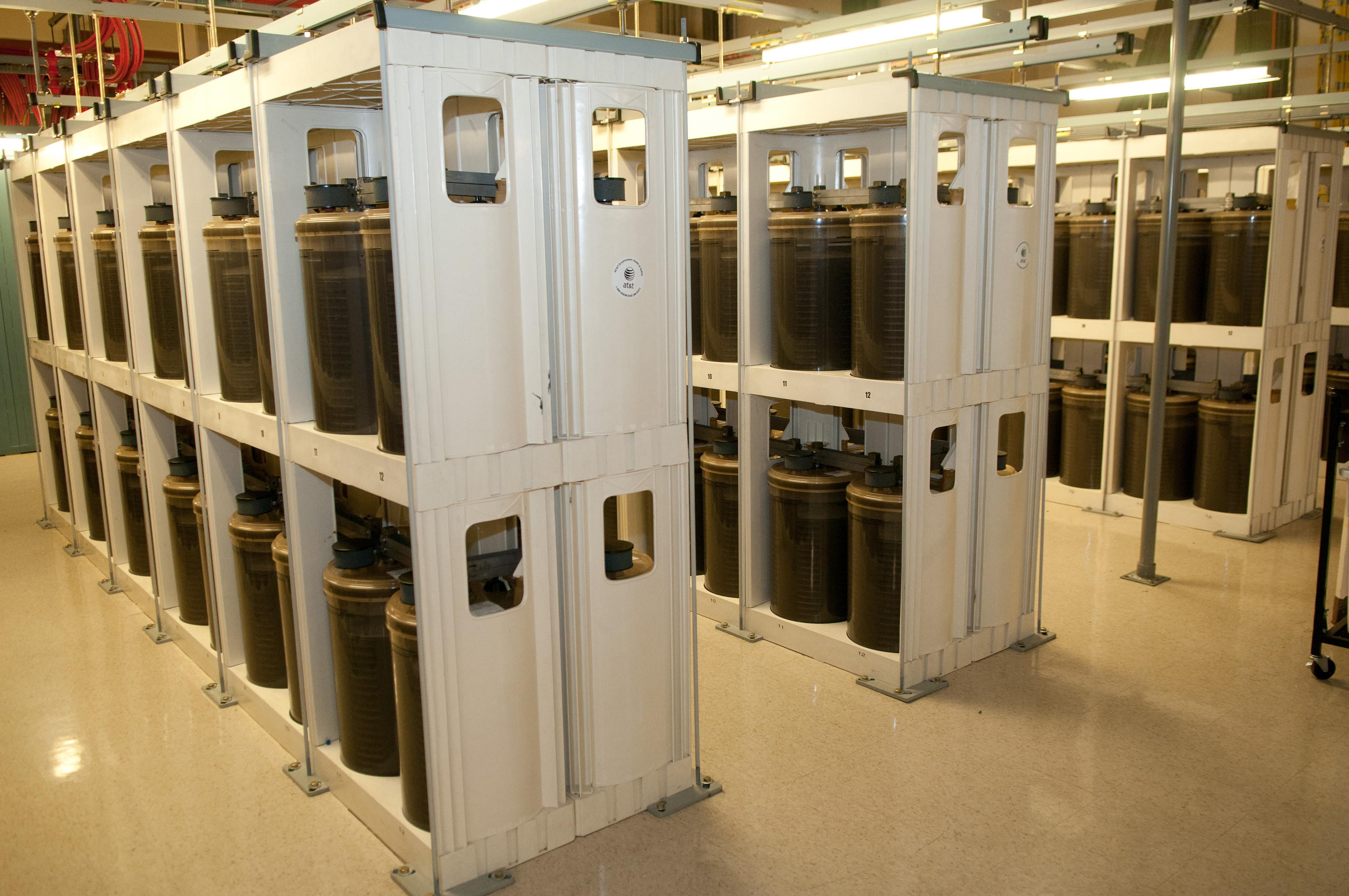Manhattan, a borough known for its iconic skyline and bustling streets, harbors secrets within its towering structures. Among them stands 33 Thomas Street, a windowless behemoth that has piqued curiosity and sparked conspiracy theories for decades. This imposing building, located in the Tribeca neighborhood, has remained an enigma, with few individuals ever stepping inside and even fewer sharing their experiences. However, recent accounts from an insider who worked within its walls offer a glimpse into the unusual reality of 33 Thomas Street.
Constructed in 1974, 33 Thomas Street, also known as the Long Lines Building, immediately stood out due to its distinctive lack of windows. This architectural anomaly has fueled speculation about its true purpose. A former steamfitter, who undertook wiring and pipe installations within the 29-story structure in the early 2000s, has now shed light on his perplexing time inside. His narrative, recounted to the Daily Mail, speaks of restricted areas and an atmosphere of secrecy.
“There were rooms we couldn’t get into,” the former worker revealed. “They specifically told us not to enter, and we couldn’t ask what’s inside or why we can’t go in.” This directive was strictly enforced, creating an environment where the steamfitter and his team had to navigate their work around these forbidden zones. He described this as an unprecedented situation, highlighting the unusual nature of 33 Thomas Street.
 Exterior view of 33 Thomas Street, New York, highlighting its windowless facade
Exterior view of 33 Thomas Street, New York, highlighting its windowless facade
Adding to the mystique, the worker recounted an incident in the basement where they stumbled upon confidential documents. These papers contained sensitive information pertaining to procedures for handling machinery in the event of a radiation attack. This discovery aligns with reports suggesting 33 Thomas Street’s resilience and fortified design.
Indeed, a 2016 exposé by The Intercept presented compelling evidence suggesting that 33 Thomas Street functions as a clandestine National Security Agency (NSA) surveillance hub in New York City. Codenamed TITANPOINTE, the building is allegedly a key component of the NSA’s intelligence gathering operations.
The Intercept’s report, drawing from documents leaked by whistleblower Edward Snowden, detailed how 33 Thomas Street was designed by John Carl Warnecke & Associates as a secure communications center, capable of withstanding an atomic blast. This robust construction further supports theories about its sensitive and critical functions.
 Security research center at 33 Thomas Street, New York, emphasizing its secure design
Security research center at 33 Thomas Street, New York, emphasizing its secure design
Furthermore, investigations indicate that 33 Thomas Street, while owned by AT&T, houses vital telecommunications infrastructure alongside its purported surveillance apparatus. It is believed to contain a major international “gateway switch,” managing calls between the United States and other nations. Adding another layer to the intrigue, former AT&T engineers and leaked NSA memos suggest the agency may have been intercepting calls from within 33 Thomas Street.
 Rows of batteries powering equipment inside 33 Thomas Street, New York, illustrating its operational scale
Rows of batteries powering equipment inside 33 Thomas Street, New York, illustrating its operational scale
The structure’s appearance as the “Long Lines Building” is also noted in public records. Despite its unassuming name, the Long Lines Building’s true identity seems to be far more complex and secretive.
The entrance to 33 Thomas Street presents a stark, almost impenetrable face to the city. Its lack of windows and imposing structure contribute to its mysterious aura, deterring casual onlookers and reinforcing its secretive nature.
While officially owned by AT&T, the pervasive evidence pointing towards NSA involvement casts a long shadow over 33 Thomas Street. The New York Post has reached out to both the NSA and AT&T for comments, but the mystery surrounding 33 Thomas Street, New York, endures. It remains a silent giant in the cityscape, a physical manifestation of hidden operations and unanswered questions.
